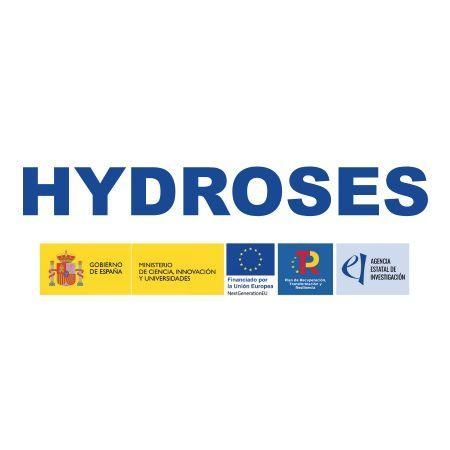- Inicio: 01/01/2023
- Fin: 31/12/2025
El Marco 2030 para el clima y la energía fija como objetivos a escala de la UE una reducción del 40% de las emisiones de gases de efecto invernadero (GEI) respecto a 1990, y al menos una cuota del 27% de consumo de energías renovables. Para dar cabida al alto nivel de intermitencia típico de estas fuentes de energía renovables, la capacidad de almacenamiento y la flexibilidad de los sistemas existentes necesitan mejoras significativas.
El almacenamiento hidroeléctrico por bombeo (PHS) destaca como la solución de almacenamiento más madura y rentable disponible para igualar la intermitencia de estos aportes de energía renovable. La transformación de instalaciones hidroeléctricas existentes en centrales de bombeo reversibles plantea una línea de desarrollo prometedora, debido a su menor CAPEX y tiempos de desarrollo.
El principal objetivo del proyecto es aumentar la capacidad de almacenamiento de energía de las PHS, lo que permitirá incrementar la cuota de energías renovables en el mix energético y fomentar la reducción de las emisiones de GEI sin perturbar la estabilidad de la red energética. Este objetivo se abordará a través de varias modificaciones y mejoras en el funcionamiento de las turbinas hidroeléctricas para transformar las centrales hidroeléctricas convencionales en instalaciones PHS, mejorando su responsabilidad, flexibilidad y rendimiento tanto en modo de generación como de bombeo mediante el desarrollo de estrategias innovadoras de mantenimiento predictivo y control de funcionamiento, aprovechando un innovador enfoque Digital Twin.
El proyecto HydroSES producirá nuevos y significativos conocimientos basados en Gemelos Digitales avanzados, permitiendo un mantenimiento predictivo fiable y predicciones verdaderas sobre la vida remanente de componentes críticos. Por tanto, se habilitará el modo de bombeo inverso en instalaciones donde aún no se explota esta funcionalidad, abriendo el camino hacia la escalabilidad y la implementación de plantas PHS reversibles que contribuirán a la transición hacia un mercado energético más verde e inteligente.
- Sectores: Energías renovables, Mantenimiento Industrial
- Programa de financiación: Proyectos de colaboración público-privada 2021
- I+D+i: Análisis de ciclo de vida. Huella de carbono.
- Líder: Iberdrola Renovables Energía, S.A.U.
- Socios: AIMEN Centro Tecnológico, TWave
- Acrónimo: HYDROSES
- Ámbito: Nacional
